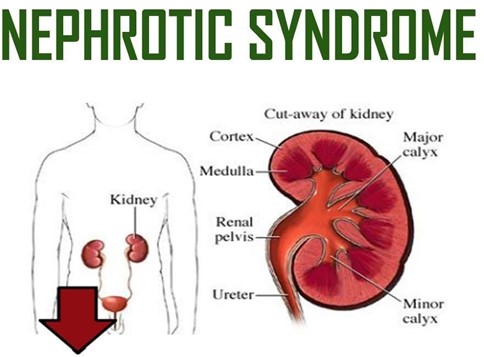When triaging emergency room clients, which client should the nurse assess first?
A male adolescent who has been vomiting for the past 12 hours and describes himself as very weak.
A female client with severe right lower abdominal pain who is febrile and vomiting.
An elderly client with peripheral vascular disease who is complaining of severe leg pain when ambulating.
A child who has had a cold for two days and now is coughing up green sputum.
The Correct Answer is B
Choice A Reason: This is not the first priority because it is not a life-threatening condition. The male adolescent may have gastroenteritis or food poisoning, which can cause dehydration and electrolyte imbalance. The nurse should monitor his vital signs and fluid intake, but he can wait for further assessment.
Choice B Reason: This is the first priority because it is a potential surgical emergency. The female client may have appendicitis, which can cause peritonitis and sepsis if left untreated. The nurse should assess her pain level, vital signs, and abdominal signs, and prepare her for diagnostic tests and possible surgery.
Choice C Reason: This is not the first priority because it is a chronic condition that does not require immediate intervention. The elderly client may have intermittent claudication, which is a symptom of peripheral arterial disease. The nurse should educate him on leg care and exercise, but he can wait for further assessment.
Choice D Reason: This is not the first priority because it is a common condition that can be treated with antibiotics. The child may have a bacterial infection, such as bronchitis or pneumonia, which can cause productive cough and fever. The nurse should auscultate his lungs and check his temperature, but he can wait for further assessment.
Nursing Test Bank
Naxlex Comprehensive Predictor Exams
Related Questions
Correct Answer is D
Explanation
Choice A Reason: A subtotal thyroidectomy is a major surgery that involves the removal of part of the thyroid gland. The client may have complications such as bleeding, infection, hypocalcemia, or vocal cord damage. The client also needs close monitoring of vital signs, blood transfusion, and airway patency. This client is not stable enough to be transferred to a general unit.
Choice B Reason: A combined partial and full-thickness burn is a serious injury that involves damage to the epidermis, dermis, and underlying tissues. The client may have complications such as infection, fluid loss, hypovolemia, shock, or respiratory distress. The client also needs wound care, pain management, fluid replacement, and oxygen therapy. This client is not stable enough to be transferred to a general unit.
Choice C Reason: A renal transplant is a major surgery that involves the replacement of a diseased kidney with a healthy one from a donor. The client may have complications such as rejection, infection, bleeding, thrombosis, or urinary obstruction. The client also needs immunosuppressive therapy, anti-infective therapy, fluid and electrolyte balance, and pain management. This client is not stable enough to be transferred to a general unit.
Choice D Reason: Nephrotic syndrome is a kidney disorder that causes excessive protein loss in the urine, leading to low serum protein levels and edema. The client may have complications such as infection, thromboembolism, or malnutrition. The client needs diuretic therapy, protein replacement, dietary modification, and infection prevention. This client is relatively stable and can be transferred to a general unit.

Correct Answer is D
Explanation
Choice A Reason: This is not the best action because it does not address the conflict between the client and the healthcare provider. The nurse should advocate for the client's wishes and seek a resolution that respects them.
Choice B Reason: This is not an appropriate action because it disregards the client's request and may give false hope. The nurse should respect the client's autonomy and dignity.
Choice C Reason: This is not a sufficient action because it does not ensure that the healthcare provider will comply with the client's request. The nurse should also involve other resources to help resolve the ethical dilemma.
Choice D Reason: This is the best action because it involves an impartial group of experts who can help mediate the situation and protect the client's rights. The nurse should seek ethical consultation when there is a disagreement about end-of-life decisions.
Whether you are a student looking to ace your exams or a practicing nurse seeking to enhance your expertise , our nursing education contents will empower you with the confidence and competence to make a difference in the lives of patients and become a respected leader in the healthcare field.
Visit Naxlex, invest in your future and unlock endless possibilities with our unparalleled nursing education contents today
Report Wrong Answer on the Current Question
Do you disagree with the answer? If yes, what is your expected answer? Explain.
Kindly be descriptive with the issue you are facing.
